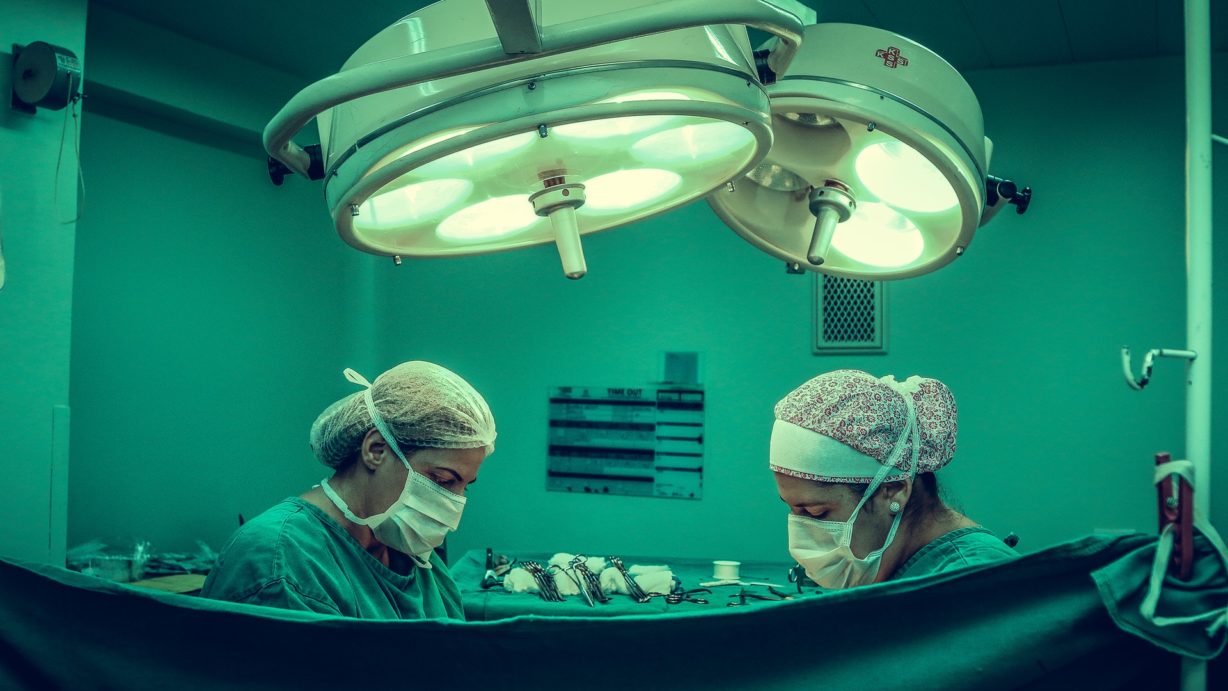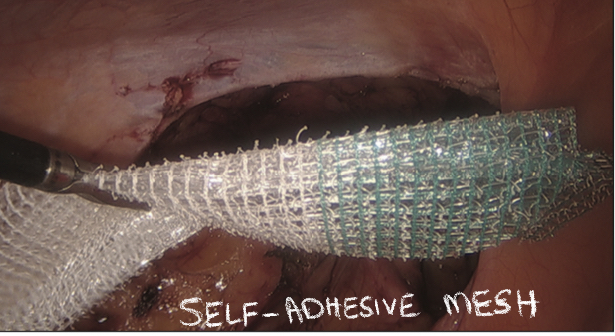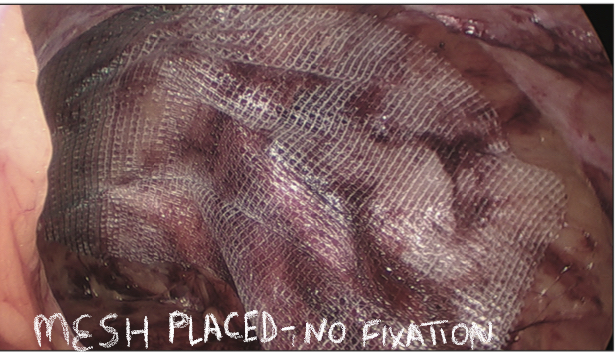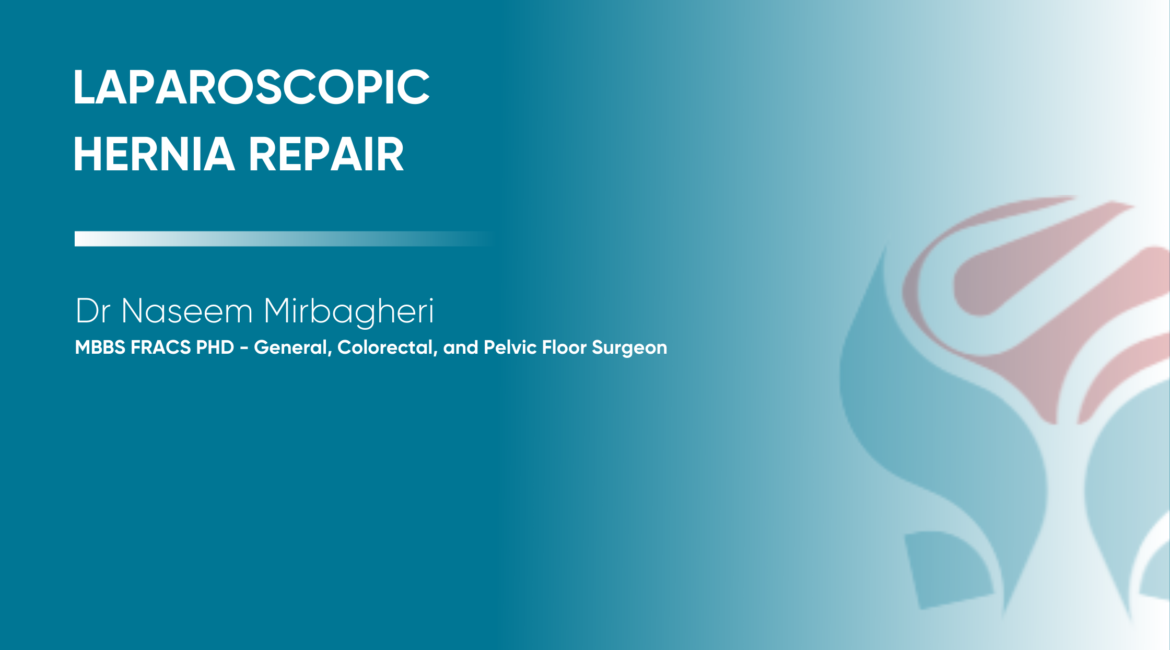
A hernia is a condition where part of one’s internal structures protrudes through a defect or weakening in the surface of our body. A hernia can be in the groin, the abdominal wall, e.g. umbilical, a prior scar, e.g. appendicectomy scar or Caesarian scars etc. A hernia may give you no symptoms, or you may have intermittent sharp pain associated with movements, pressure feeling, the feeling of a bulge or discomfort may be present. Although a hernia is not life-threatening, in certain circumstances when the internal organ gets stuck in the hernia sac (e.g. small bowel) you may get a bowel obstruction or ischemia (strangulation of the intestine).
One cannot predict when a hernia will result in a complication, but if you have symptoms with any hernia, it should be addressed by surgical intervention where possible. Not only does it improve your quality of life but also it prevents future complications with a hernia. The repair usually involves closing the defect and reinforcing the hernia wall with sutures or mesh. This can be done laparoscopically (keyhole) or via an open approach. My preference is a laparoscopic approach; there is evidence that such an approach reduces complications with this procedure such as pain, wound infection, recurrence and expedites return to work.
A groin hernia is one of the most common hernia surgery in Australia. There are two laparoscopic approaches TEP or TAPP; both procedures are safe and have similar benefits. The difference between TAPP and TEP is that in TAPP the surgeons enter the abdominal cavity, can look at all organs and can identify all hernia present. In TEP all the operation is in the abdominal wall, there is a risk of injury to the bladder, and the surgeon cannot perform a full diagnostic laparoscopy. Thus my preferred approach is TAPP.
There are many meshes available in the market. My preferred mesh is a self-gripping, non-absorbable mesh. This mesh remains in the plane of the hernia, just like a Velcro and does not require fixation with sutures or staples. The ‘velcro’ quality of the mesh is hugely beneficial as the groin area has many nerves and any fixation devices can capture these nerves and cause chronic pain. I have attached an article on the use of this mesh and its benefit.



So when you decide to fix your groin hernia, consider the approach your surgeon takes and the type of mesh he/she uses.

